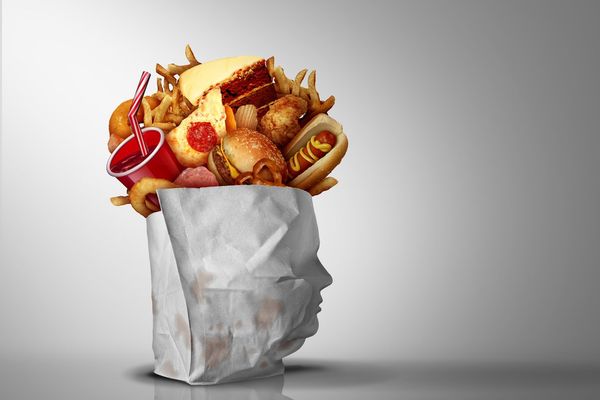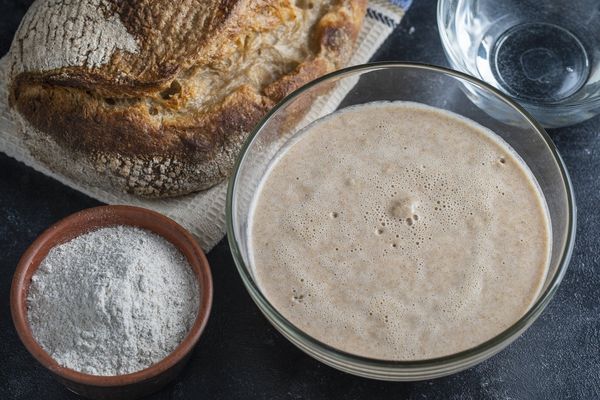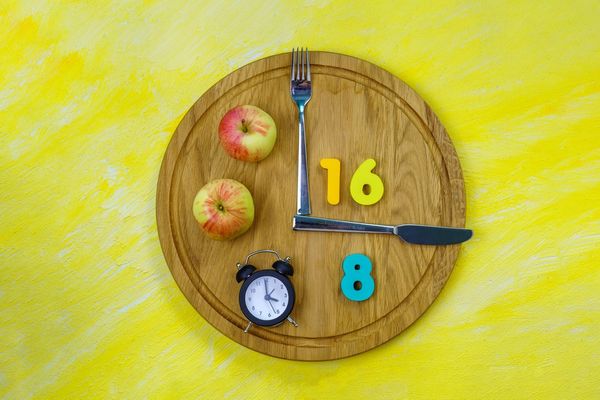Do you love the taste of salty foods? Use your saltshaker with abandon? Maybe it's time to think about shaking that habit.
World Salt Awareness Week is an annual event to call attention to those crystals that might look innocuous but can lead to serious health problems like high blood pressure (the main cause of strokes) and can raise your risk of heart attack and heart failure. This year World Salt Awareness Week will be observed March 20-26, and the theme is "Salt: The Forgotten Killer."
According to World Action on Salt & Health (WASH), salt consumption has also been linked to things like stomach cancer, osteoporosis, water retention and bloating, kidney disease and kidney stones and can worsen symptoms of diabetes and asthma.
Most of us get way too much salt. The average American gets about 3,400 mg each day. That number is hardly surprising when you consider that a teaspoon of table salt contains 2,325 mg!
And while our bodies need salt to function and maintain the correct balance of fluids, transmit nerve impulses and aid in muscle contraction and relaxation, we don't need that much. The Dietary Guidelines for Americans recommends we get less than 2,300 mg a day —and that number is the upper limit.
Harvard Public Health experts say that those most at risk for developing health problems related to salt consumption include people over age 50, those with high (or slightly elevated) blood pressure, people with diabetes and African Americans.
Just where is all this salt coming from? It's not just what you're shaking onto your food. Oh, no. Most of the salt we get is hidden in foods we buy. That's right—up to 80 percent comes from processed and packaged foods, say experts at Cleveland Clinic, who point to these culprits:
- Frozen meals
- Canned or pickled foods
- Snack foods
- Deli meats
- Cheese
- Condiments, sauces and dressings
- Breads and cereals
- Soda (diet soda, too)
Also watch out for these foods, which didn't specifically make the Cleveland Clinic list, but can be super-salty:
- Pizza
- Soy sauce
- Chicken nuggets
- Vegetable juices
What can you do? A few things.
First, check labels, and choose "sodium-free" or "low sodium" when possible (and always pay attention to the serving size). Labels can be misleading or tough to decipher. According to the FDA:
- Salt-free or sodium-free means less than 5 mg per serving.
- Very low-sodium indicates 35 mg or less per serving.
- Reduced sodium means you're getting at least 25 percent less than you'd find in the regular product.
- Light in sodium or lightly salted gives you at least 50 percent less sodium than you'd get in the regular product.
- And, finally, no-salt-added or unsalted means that there's no salt added (but note that these products may not be salt- or sodium-free unless stated.
Second, train your taste buds. Cut down gradually, and use these natural seasonings to increase flavoring in your food: curry, ginger, lemon, onion, garlic, dry mustard and dried herbs.







